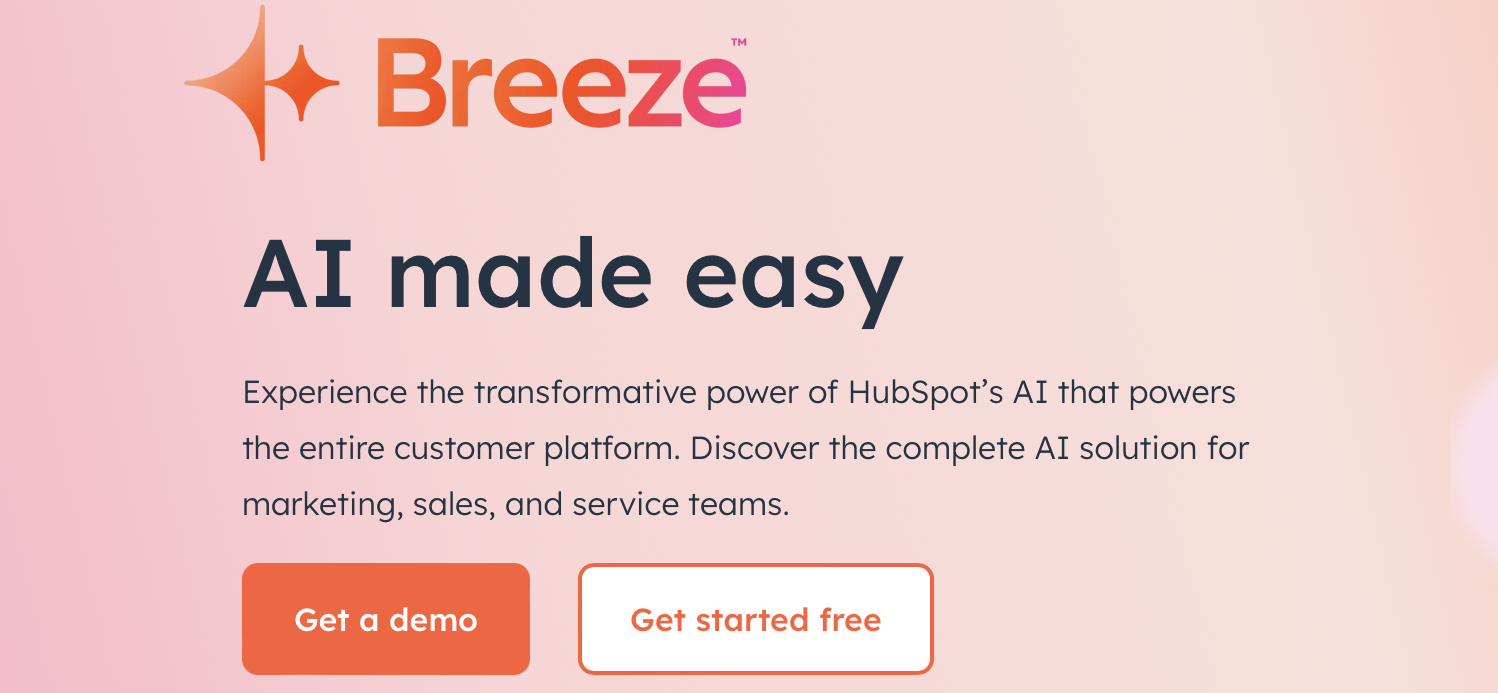I don't want your AI

For many engineers, the excessive hype has turned the word “AI” into a somewhat agonizing buzzword. There seems to be an interesting phenomenon going on with how products are built today around this buzzword. Every product team is jumping on this wave likely out of a fear of lagging behind. Though, what I see is complacency where products that don’t need to be ‘AI’ suddenly are, and the products that are AI are AI for the sake of being AI. I’ve seen an overwhelming amount of examples, but let’s look at the recent few.



See anything strange here?
User experience over technology
Because this hypetrain is going fast, very fast, I guess it only makes sense for builders, PMs and engineers to come up with “AI product features” for the sake of AI. It gives everyone a feeling of innovation and progress. It also creates a good look for everyone involved since this is the current thing.
But let’s go back in time to this wonderful moment.
“You’ve got to start with the customer experience and work backward to the technology. You can’t start with the technology then try to figure out where to sell it.”
The “AI” marketing doesn’t just completely miscommuniate any kind of resonating user benefit, it makes things worse. I see it everywhere, it works nowhere, I don’t want it.
Though, I think the sceptical sentiment towards AI tools amongst its consumers is starting to grow. Recently I talked with a CTO in the valley who had a dinner with dozens of other CTOs at large companies. They talked about the adoption of the codegen AI for their dev teams. It turns out, some of the most hyped and funded teams in the space have overpromised and underdelivered. So much so that these CTOs are reluctant to taking any new demo meetings.
Unfortunately, this makes things hard for everyone including the ones who actually care about building good products that have something to do with AI.
No one cares about the technology used when making a buying decision a product unless it represents a very specific benefit or a risk. Yet, the AI hive managed to sway many into this herd thinking of building products.
Noisy Magic
The technical reason for the scepticism around AI tools is that most of them seem to be just wrappers. The problem with wrappers is that the current LLMs are still quite bad in production. They tend to hallucinate, a lot.
Even more robust products where the LLM serves as the user facing layer that runs on a complex tech foundation struggle with hallucinations. What all this means is a bad user experience.
It’s not about the magical moments that an AI tool can create, it’s about how much noise it serves the end-user. The dissatisfaction of the time wasted on evaluating and correcting a false positive result of an LLM tool, usually exceeds the satisfaction of a “magical moment” of a true positive result.
What’s the key to this? engineering over AI. Building a technical foundation where the LLM is just the enabling layer of the value. The technical foundation should be about a better context, robust filtering and evaluation systems which make the LLM perform well in a narrowly defined use case.
Building great products starts from user experience, prioritising engineering over AI, problem-first and a first-principle thinking about the user and the problem.